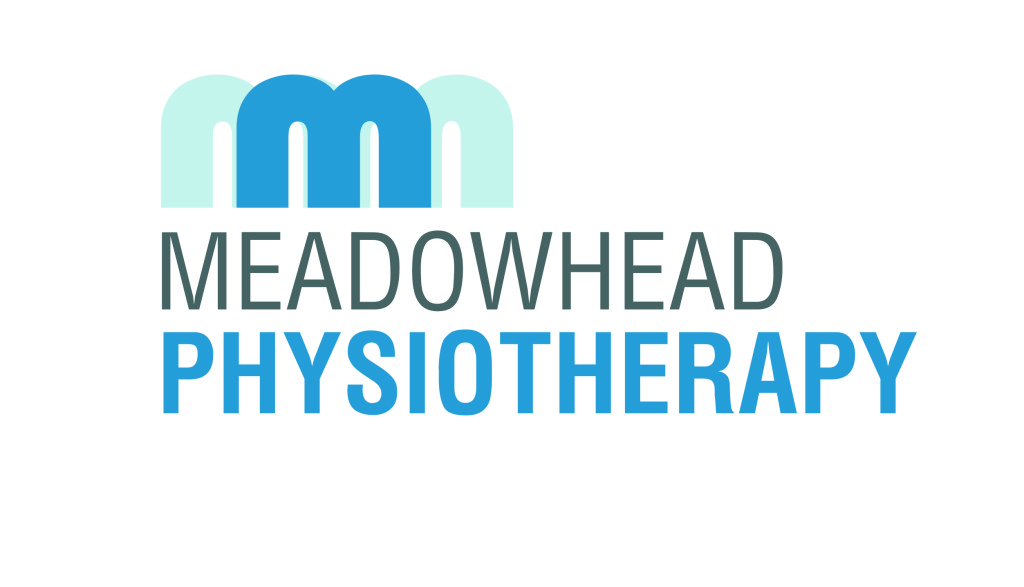‘Sciatica’ is a common term used to describe pain radiating from the buttock either along the outside or the back of the leg. It is known as ‘sciatica’ because it is the sciatic nerve, which originates from the lower two joints in the lumbar spine (L4 & L5), which causes the pain sensation. The pain can be intermittent (come & go) or constant. The pain can be sharp like a stabbing pain or it is often described as an ache like a toothache. These can range from a mild ache if in a prolonged static position or a stabbing pain when moving, to an unrelenting toothache that is difficult to relieve and can have a significant effect on our sleep pattern. ‘Sciatica’ can be present either with or without back pain.
If you ask around your friends or google ‘sciatica’ there will be a 101 different ways to treat the pain and equally as many scary stories about ‘disc prolapses’ and ‘trapping’ the nerve. It is important to know that having sciatica does NOT mean you definitely have a ‘disc prolapse’ or that the disc has

‘popped’ out of place. The disc NEVER ‘pops out’ and it CANNOT be ‘popped’ back in again! Pain from the sciatic nerve can be due to pressure on the nerve as it exits the spinal canal from the disc. This is known as a disc prolapse (and a whole other article!), but this can be due to age related degenerative changes as well as an acute disc injury. However, the pain can also be due to mechanical load on the nerve root because the muscles that the support the spine (the core muscles) aren’t as effective as they could be or because of poor posture (whether it’s sitting, standing or running!). The result of this pressure can lead to a reduction in the movement of the nerve, which needs to be able to ‘slide and glide’ as we move our legs. If the nerve is ‘pinched’ for a prolonged period we can also experience tingling sensations or even a numb sensation. If you are experiencing any of these symptoms it is important you seek professional advice, this will not only reassure you rather than alarm you! But will ensure you are monitored and given the best advice and exercises for you as an individual.
Now back to the running! I am often asked if running (or indeed any sport) will make the pain worse or cause more harm. If you are experiencing leg pain but are able to be active without the pain increasing then no it will not! The nerves like movement it keeps them healthy! There are however, some ways in which you can help reduce the risk of ‘irritating’ the sciatic nerve and keep you running.
1) Reducing your stride length – if the nerve is tight the longer the stride the more the nerve has to move
2) Reduce tension in the hamstrings – these muscles can become very tight in order to protect the nerve. Dynamic stretches such as high knee lifts and lunges can help ‘prepare’ the muscle and the nerve for the run.
3) Getting a good reciprocal arm swing – the counter-rotation of the arm swing and the pelvis keep the spine rotating and helps reduce stiffness in the spine.
4) Breathing! – helps the diaphragm move and the stomach muscles relax, this reduces tension in the back and pressure in the spine.
5) Landing softly! – having a good spring action spreads the forces that the leg and spine have to absorb.
6) Relax & switch off! – all of our pain experiences are generated by the brain – thinking about your pain or focus on reliving a stressful day can increase your pain experience. Enjoy those natural pain relieving endorphins that are released during exercise.
7) Build up gradually – if you haven’t run for a while because of your pain then decide on a time / distance, run it and monitor the response over 24 to 48 hours. If this does not increase your symptoms then repeat the same distance / time and monitor for a further two more 24-48hours sessions. This is your baseline and you can increase either the time / distance OR the intensity from here. Pain response can be ‘latent’ (have a delayed response) so it is better to build up slowly and feel good about your achievements than push too hard too fast and end up with nothing but more pain and frustration!
Remember pain DOES NOT = HARM! The nerve is a very sensitive structure because of its important role in our body’s function and it is easily ‘sensitised’. If you have any concerns or the pain is not improving it may be that you need some more specific exercises or treatment. Don’t give up on the running come and see one of us for a thorough assessment and we will aim keep you moving!
Meadowhead Physiotherapy are pleased to offer you a FREE 15 minute consultation.
- Are you in pain?
- Unable to walk, run, garden, play sport or go to the gym?
- Fed up of hearing “well if it hurts don’t do it”?
Want to hear what YOU can do? Click here NOW!
Jenny Manners Principle Physiotherapist @ Meadowhead Physiotherapy >>>


